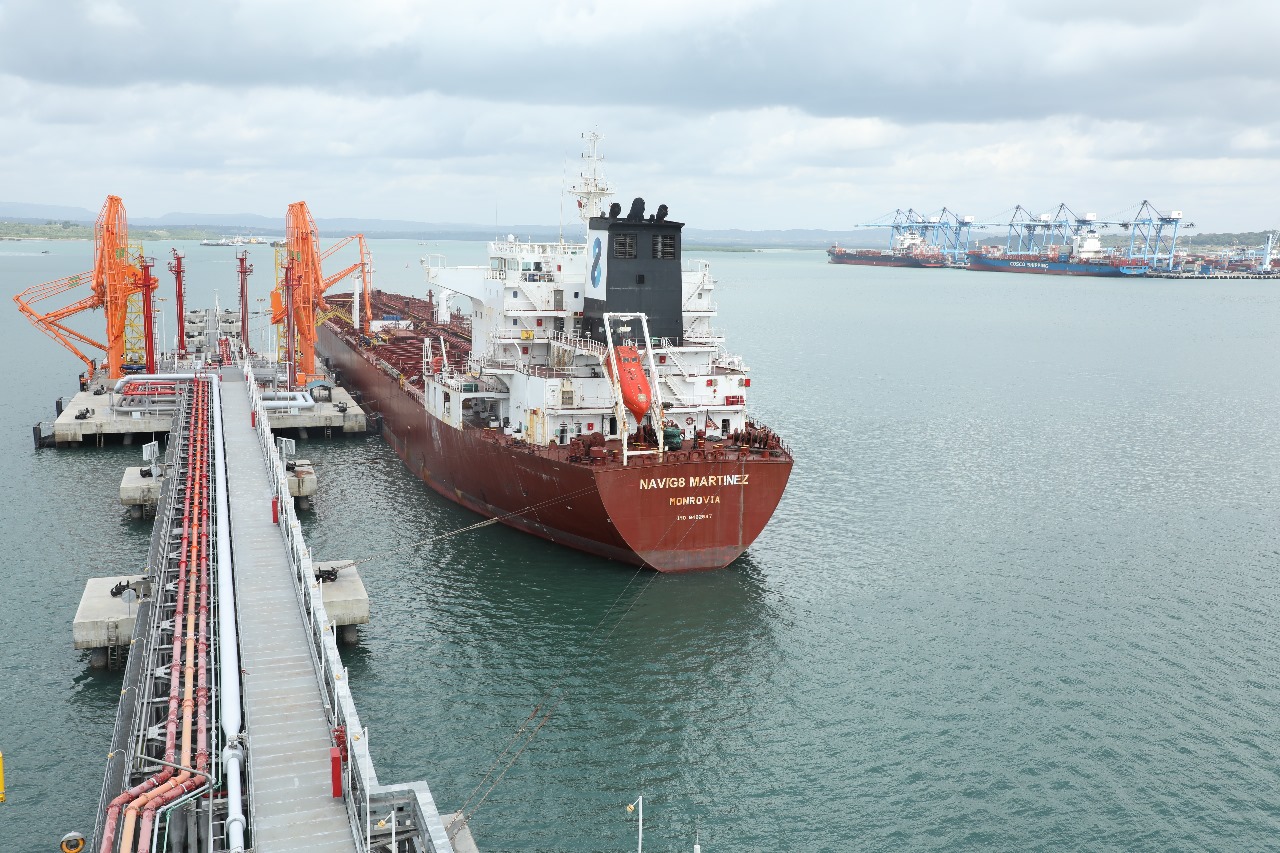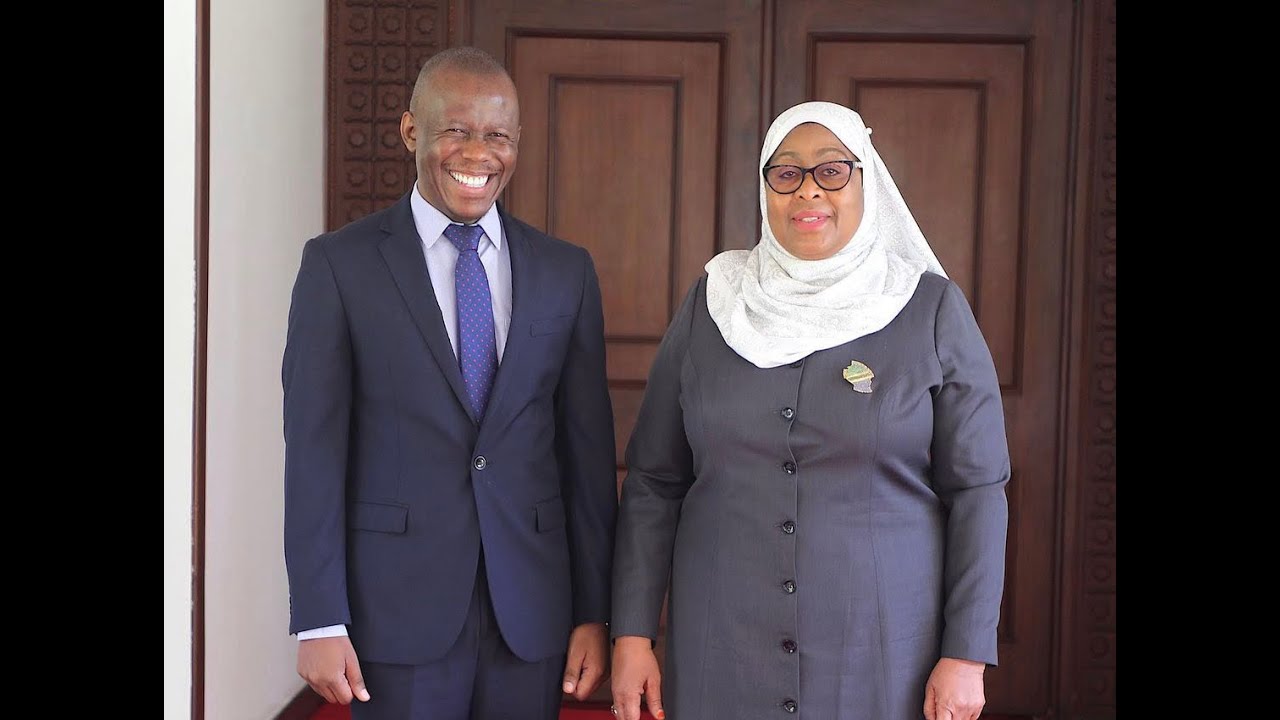Afreximbank: Africa’s role in global oil trade expands amid production shifts

Shipments from 12 West African countries climbed by nine per cent month on month, from 3.28 million barrels per day in April 2025 to 3.56 million bpd in May 2025.
Africa is steadily rising in prominence and becoming more central within the global oil market.
This is according to the regional lender Afreximbank, which, in its July Oil Market Update and Outlook, highlights significant changes and progress underway in the continent’s oil sector.
More To Read
- Is Sudan’s war the reason for South Sudan’s economic crisis? What’s really going on with oil revenue
- Kenya extends oil supply agreement with three Gulf companies, Bloomberg News reports
- Government extends controversial G-to-G oil deal, citing stabilisation of shilling
- Kenya-Uganda reach fuel distribution deal after oil pipeline feud
The lender says various structural shifts in production are influencing how oil is sourced and distributed across the continent.
It adds that evolving trade patterns are reshaping the continent’s role in global crude flows, suggesting that the continent is becoming a more dynamic and influential player in an oil market traditionally dominated by the Middle East.
Backing the assertions, the report first points to Algeria’s growing production outlook.
As a key OPEC+ member, Algeria holds proven oil reserves of 12 billion barrels and has a production capacity ranging between 1.0 and 1.4 million barrels per day.
The report says the North African nation has publicly reaffirmed its commitment to July’s agreed upward production adjustments after some delegates suggested it was among certain countries that were reluctant to proceed.
“Algeria has had to clarify that it had no reservations to unwinding supplies and emphasised that the scheduled output increase would not only support the gradual commissioning of newly developed oil fields but aligns with seasonal demand growth in global markets and will enhance Algeria’s strategy to maximise the value of its national resources,” the report narrates.
Notably, OPEC+ countries have begun unwinding earlier voluntary cuts, with an additional 411,000 barrels per day coming online in July.
The unwinding of voluntary cuts means oil-producing countries have started to gradually increase oil production after previously agreeing to reduce it.
Ideally, the cuts are a mechanism used to stabilise prices during times of low demand and oversupply that eventually triggers lower oil prices.
Voluntary production cuts were first enforced in 2020, during the Covid-19 pandemic, when global oil demand collapsed.
“Elsewhere, African exportable surpluses are playing an increasingly influential role in shaping global crude trade dynamics, as evidenced by a recent surge in transatlantic flows and shifting patterns of regional consumption,” the report adds.
West African crude exports
In May 2025, the Energy Information Administration (EIA) reported that US imports of Nigerian crude oil reached their highest level in nearly six years at 364,000 bpd.
The rise in Nigerian exports coincides with a broader increase in West African crude and condensate exports.
According to Bloomberg tracking, observed shipments from 12 West African countries climbed by nine per cent month on month, from 3.28 million barrels per day in April 2025 to 3.56 million bpd in May 2025.
“While exports to western markets have reached their highest levels this year, loadings to Asia have softened, potentially due to the displacement of African grades by discounted Russian crude,” the report adds.
Despite the continent’s export presence, domestic dynamics complicate the picture, especially in Nigeria.
In particular, the report notes that the Dangote refinery faces structural challenges.
Operating at about 85 per cent capacity, the lender says the facility has signalled the need to import significant volumes of US West Texas Intermediate (WTI) crude.
This underscores the continent’s paradox of simultaneously exporting and importing crude due to infrastructure and operational constraints.
Moreover, limited cross-border energy infrastructure has stifled efforts to boost intra-African oil trade, even though the continent sits on vast hydrocarbon reserves.
Oil price outlook
Looking ahead, the broader oil market outlook indicates that prices will stay under pressure due to ongoing geopolitical tensions, though they are expected to stabilise at lower levels through to 2026.
The US Energy Information Administration forecasts global oil production in 2025 and 2026 to outpace demand, causing inventories to build and putting downward pressure on prices.
Brent crude prices are thus projected to trade within a relatively subdued range of $65 (Sh8,400) to $85 (Sh10,900) per barrel through 2026.
This if the ceasefire deal between Iran and Israel is sustained.
Top Stories Today
Reader Comments
Trending












































